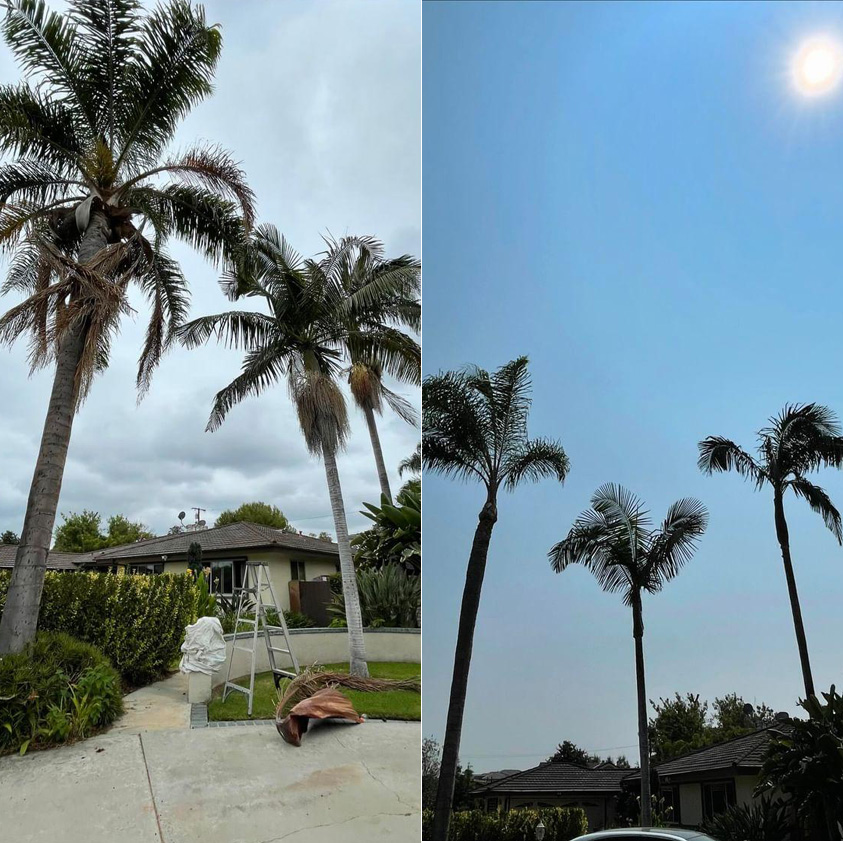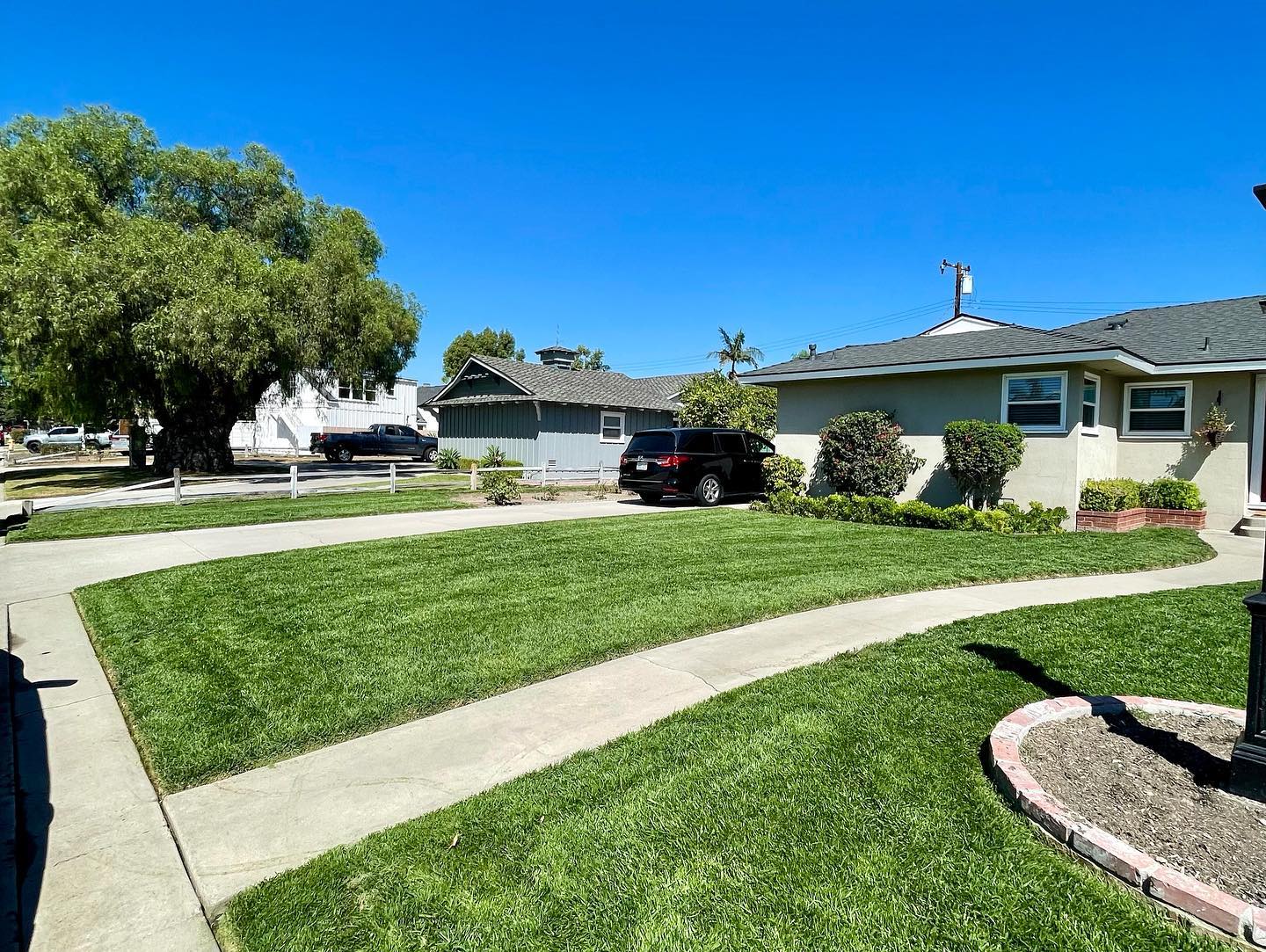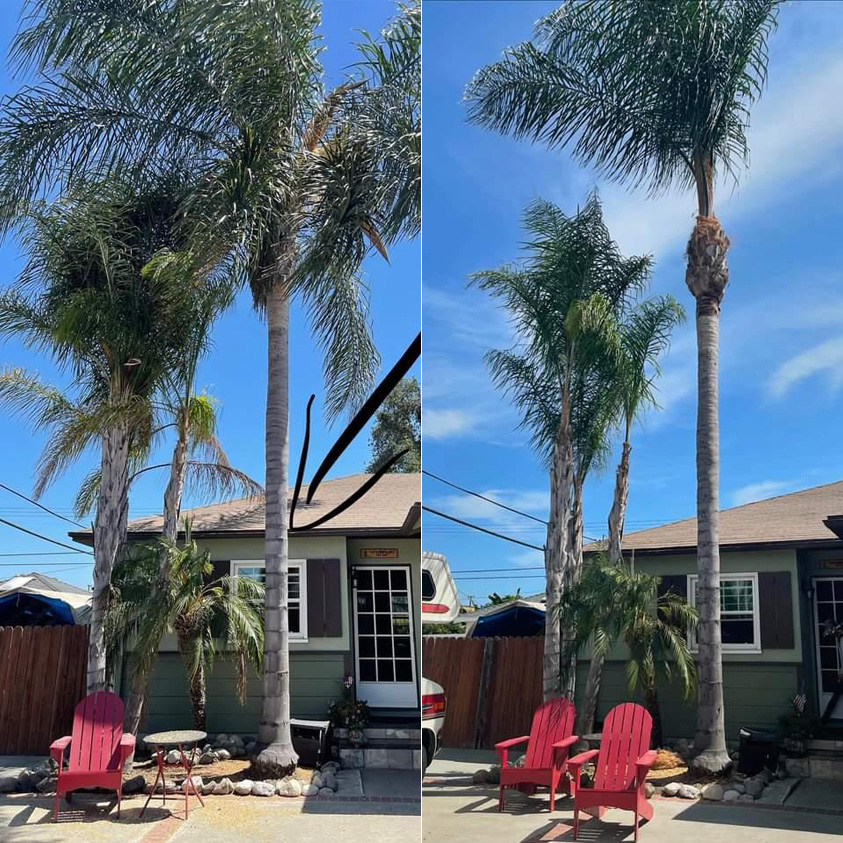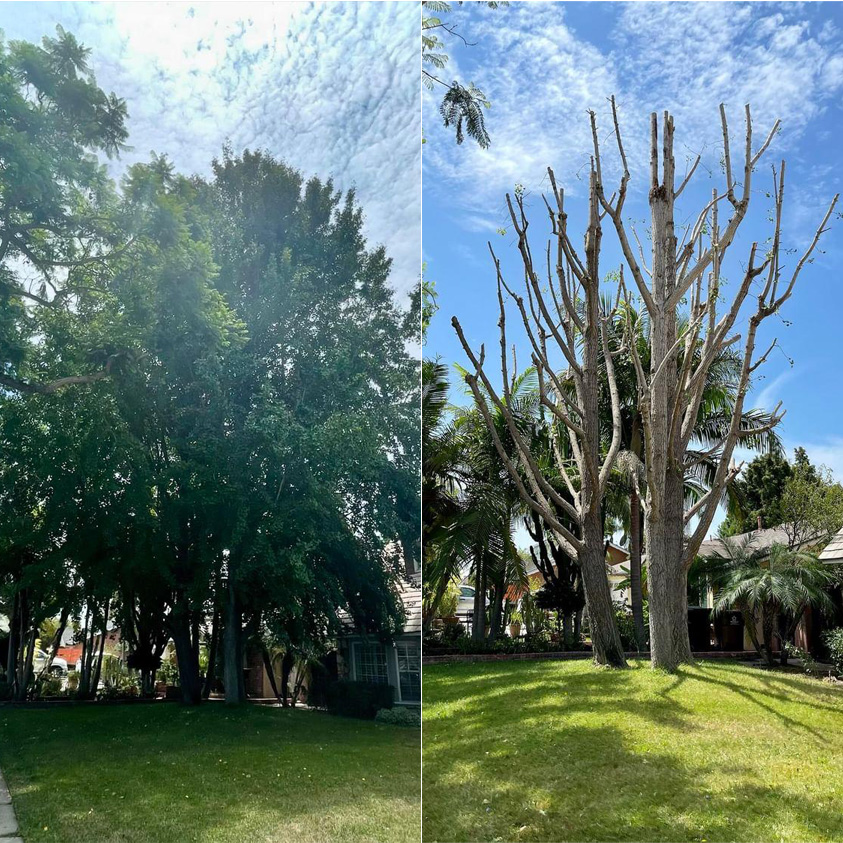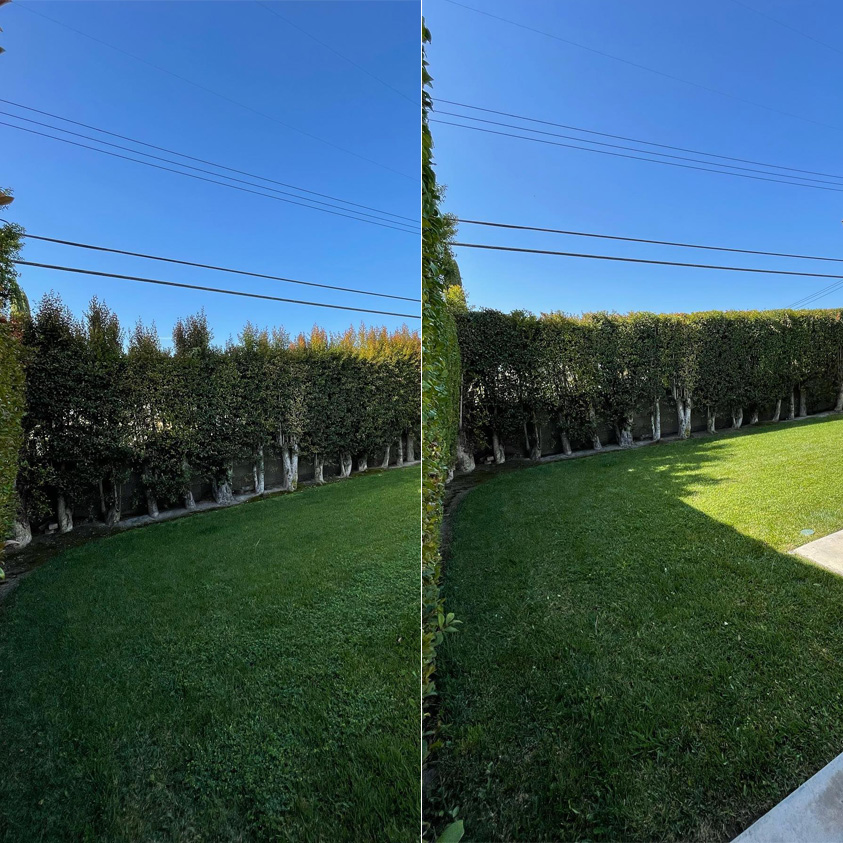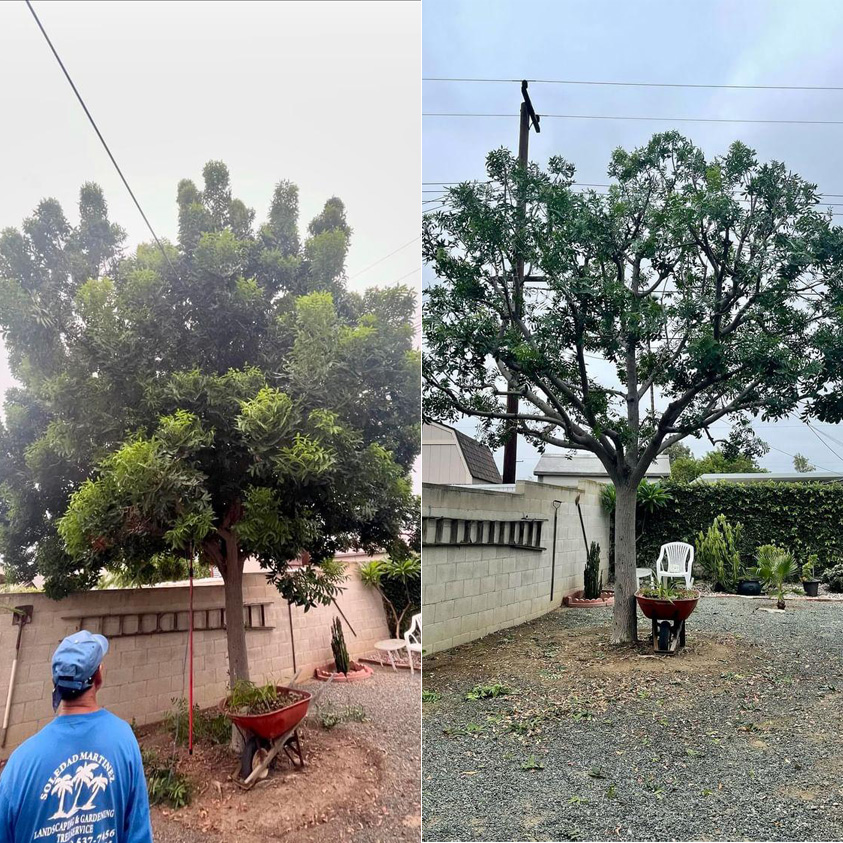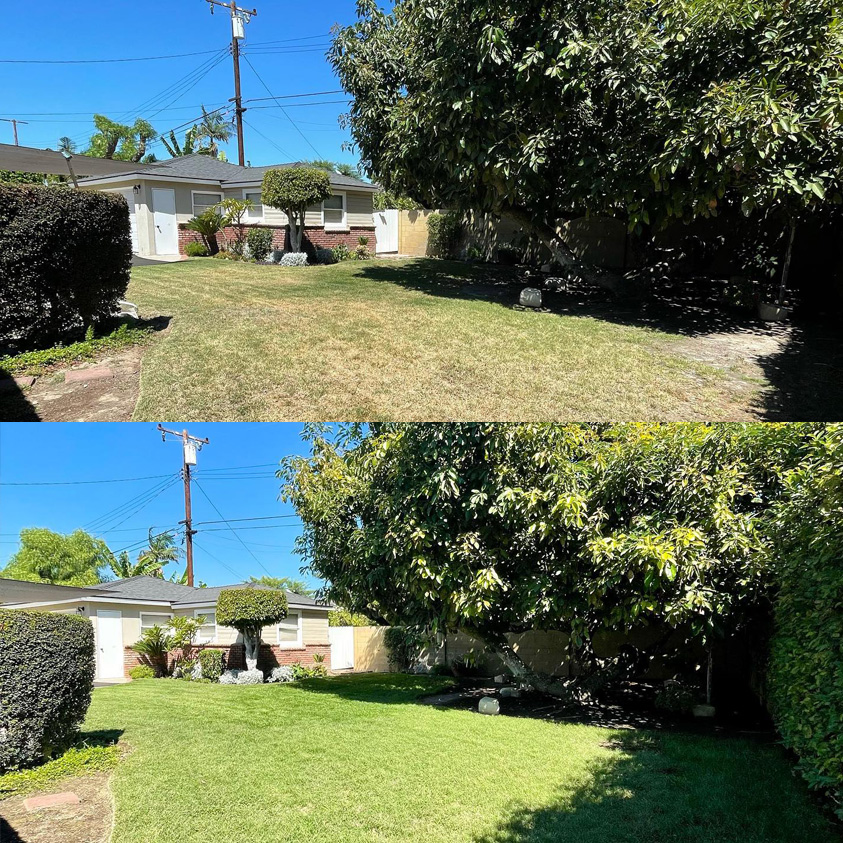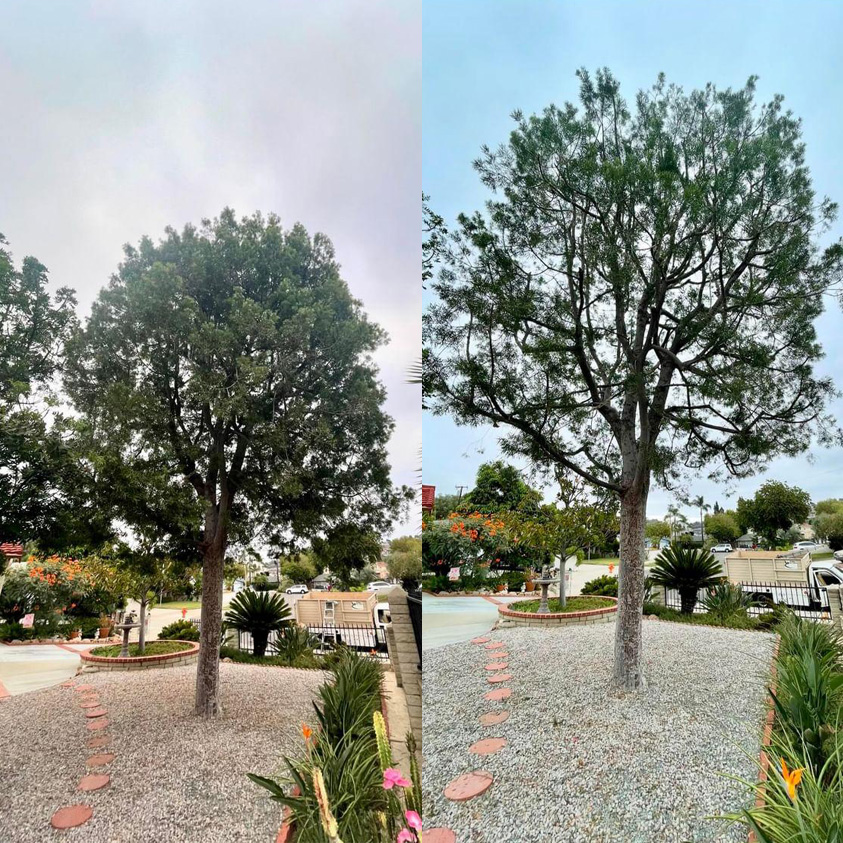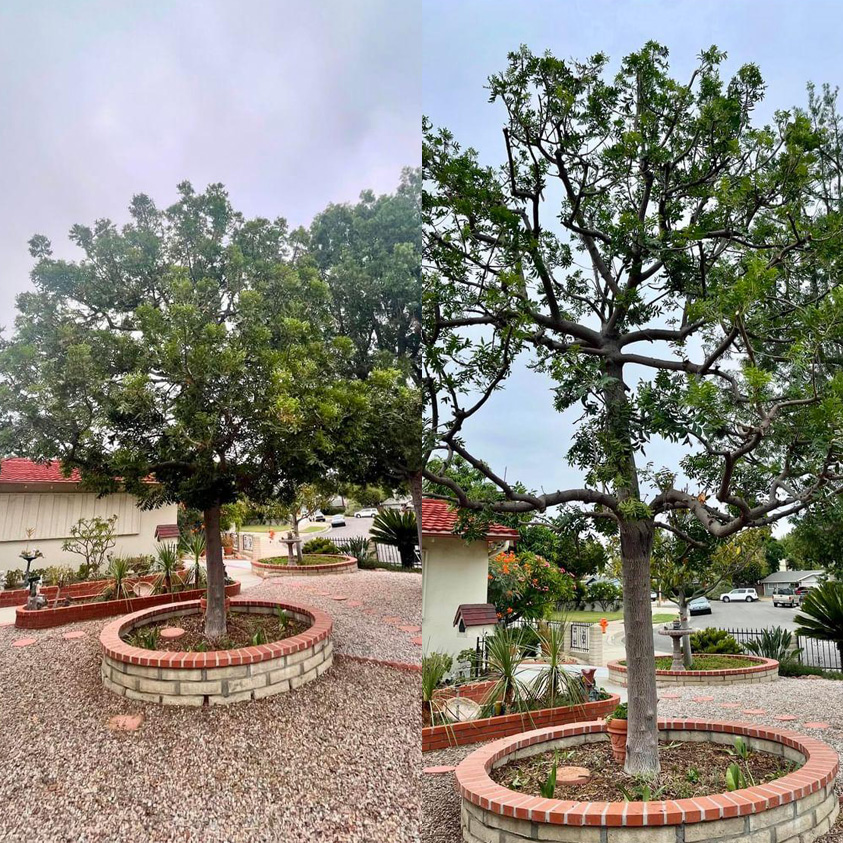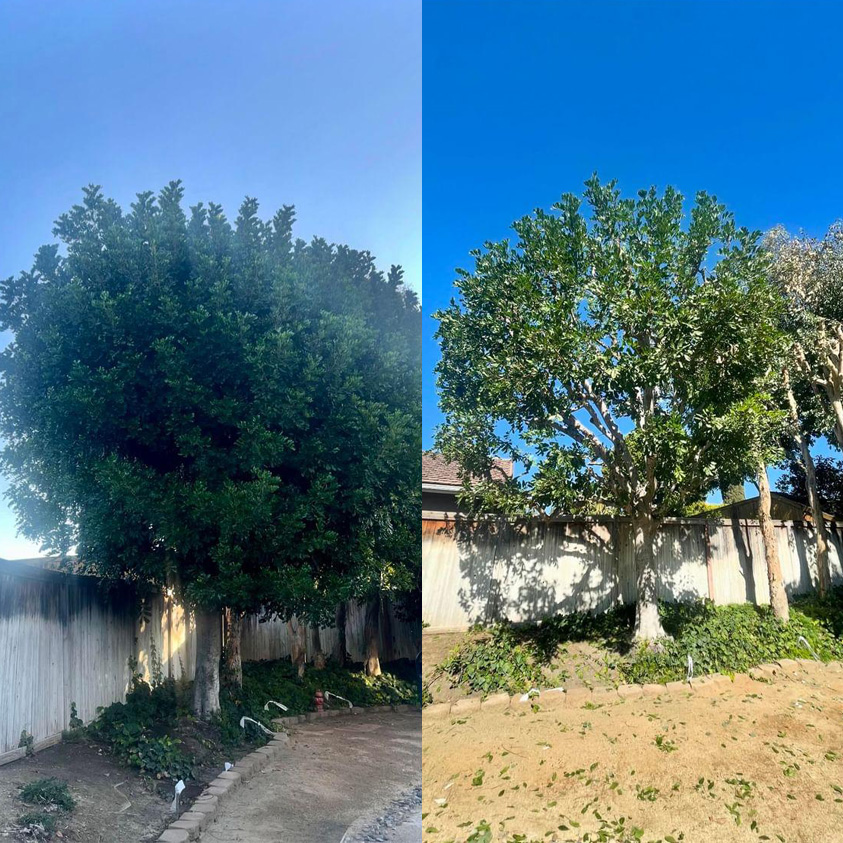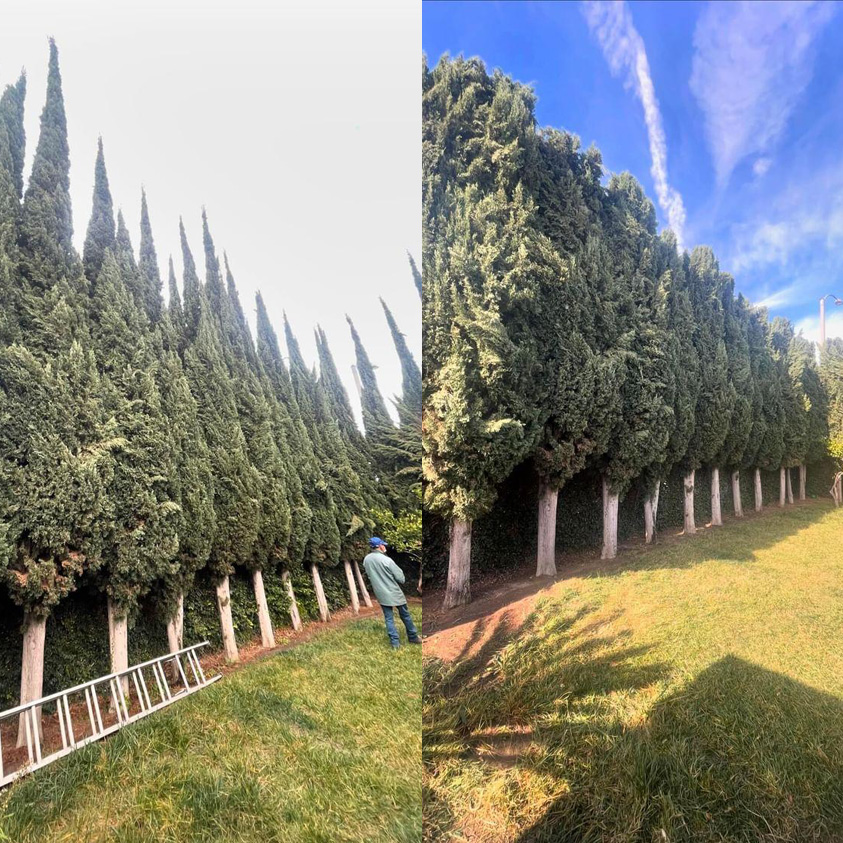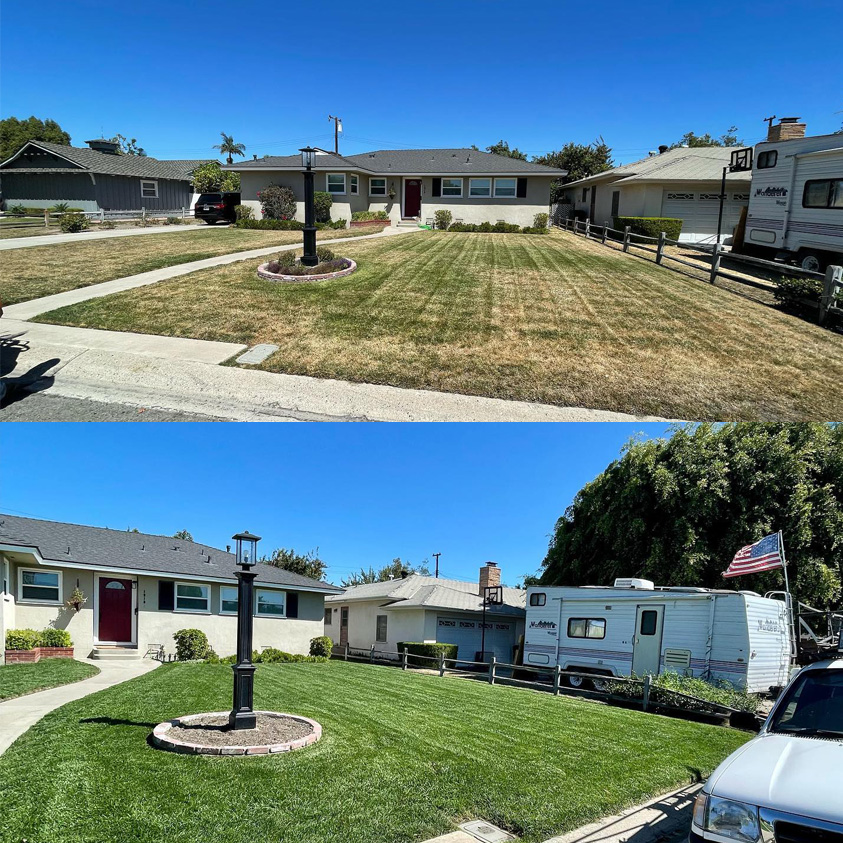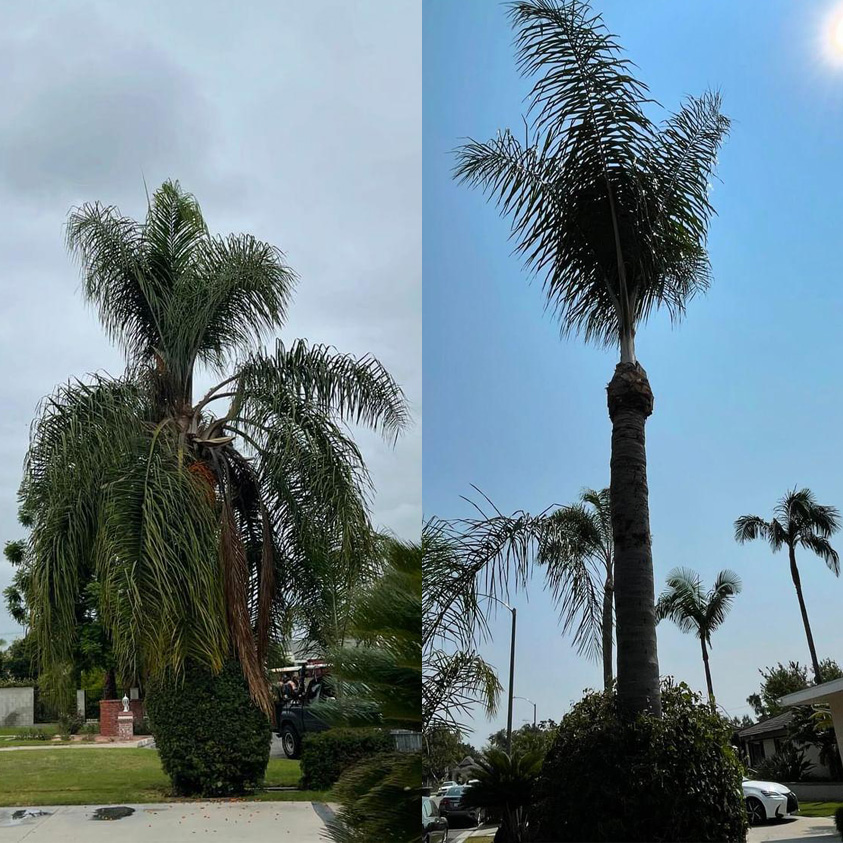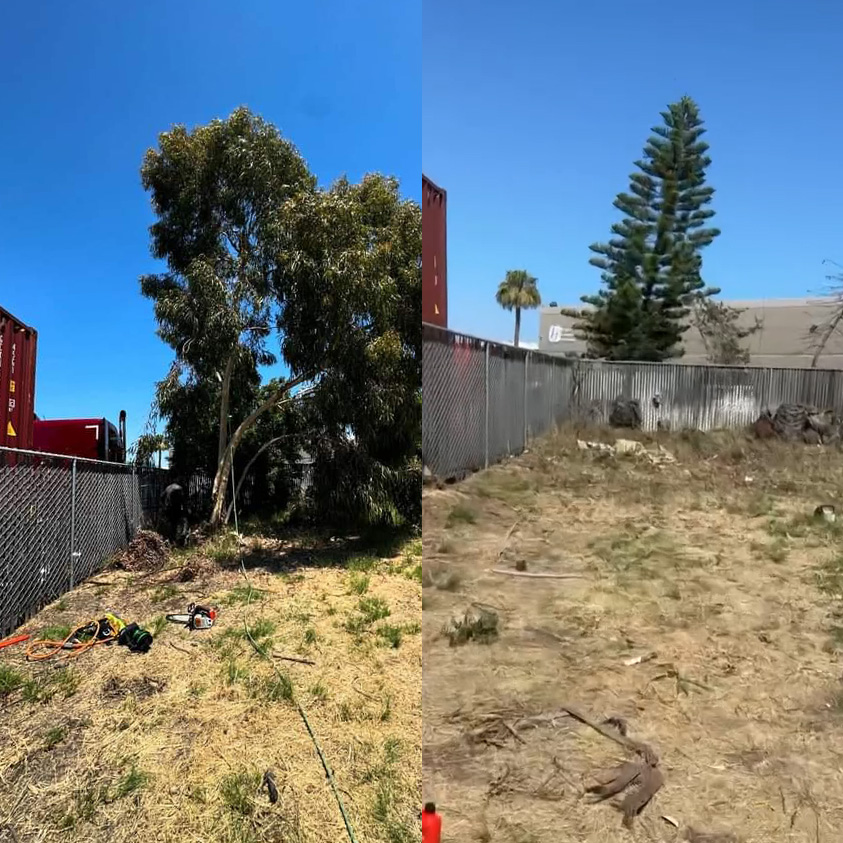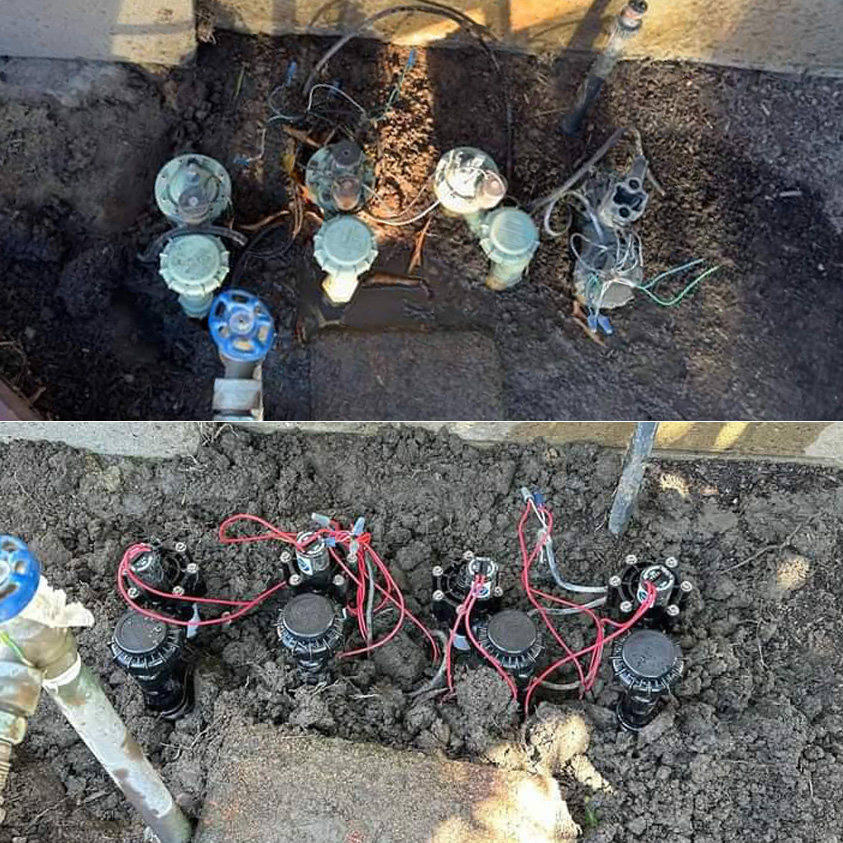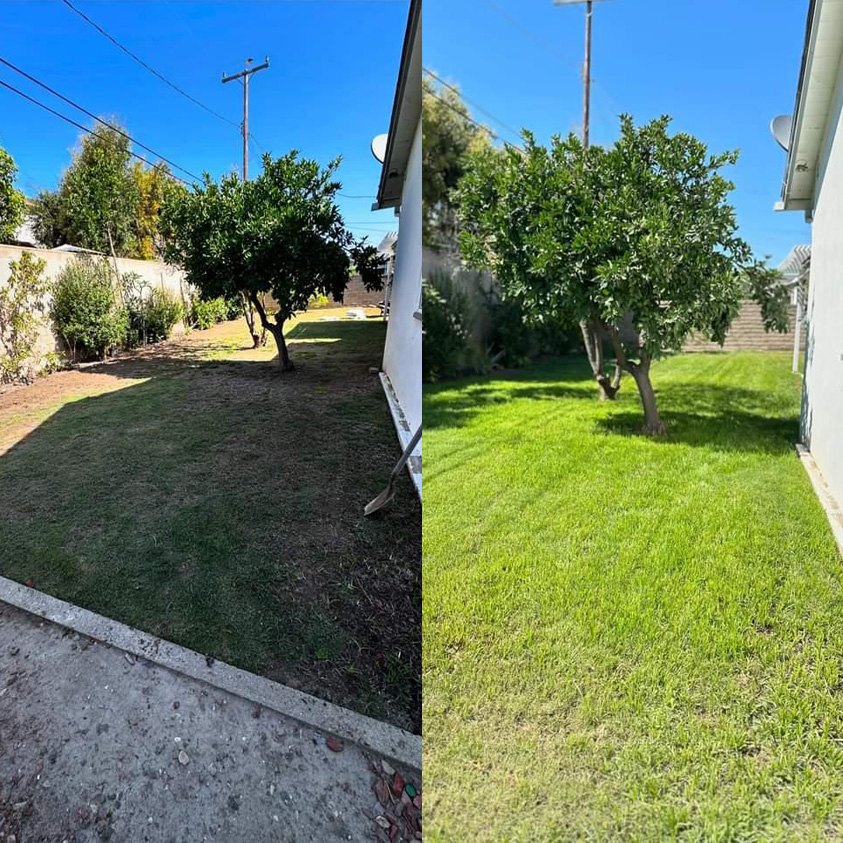Martinez Tree Service Inc.
Expert Tree Services in Orange and LA County
At Martinez Tree Service, we specialize in keeping your property safe, healthy, and beautiful with professional tree care. Our ISA-certified arborists provide expert tree trimming, pruning, tree removal, and stump grinding services tailored to your needs. With years of hands-on experience and advanced training, we ensure your trees receive the best possible care.
Whether you want to improve curb appeal, remove hazardous branches, or enhance the long-term health of your trees, our team delivers affordable, reliable, and high-quality results every time.
📞 Call us today or fill out the free estimate request form to schedule your tree service and see why homeowners across Orange County trust Martinez Tree Service!
Complete Yard & Landscape Services
In addition to tree care, we also offer full-service yard maintenance and landscaping to keep your property looking its best year-round:
- 🌿Lawn Maintenance
- 🌱Planting Service
- 🌾Seed & Sod Installation
- 🧹Yard Clean-ups
- 💧Irrigation System Installation & Repair
- 💡Outdoor Lighting System
From routine lawn care to complete landscape upgrades, our team makes it easy to enjoy a beautiful, hassle-free yard.
📞 Call now or request your free estimate to get started with professional tree and yard services you can count on!
Commercial and Residential. Licensed since 1989.
We service all of Orange County as well as Los Angeles and Inland Empire. We have on-going clients in Anaheim, Brea, Buena Park, Costa Mesa, Cypress, Fountain Valley, Fullerton, Garden Grove, Huntington Beach, Irvine, La Habra, La Palma, Los Alamitos, Newport Beach, Orange, Placentia, Santa Ana, Seal Beach, Stanton, Tustin, Villa Park, Westminster, and Yorba Linda.
Tree & Yard Services
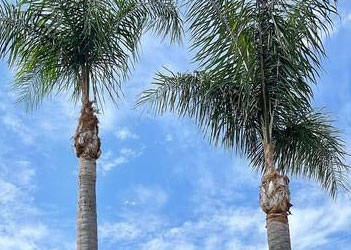 Tree Trimming
Tree Trimming Tree Pruning
Tree Pruning Tree Removal
Tree Removal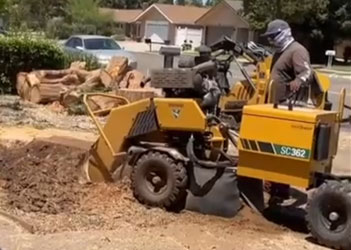 Stump Grinding
Stump Grinding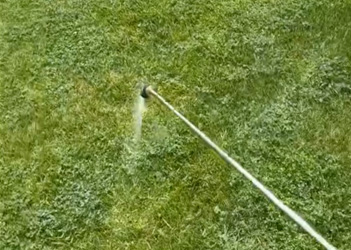 Yard Maintenance
Yard Maintenance Planting
Planting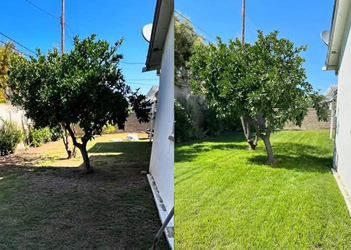 Seed & Sod
Seed & Sod Yard Cleanup
Yard Cleanup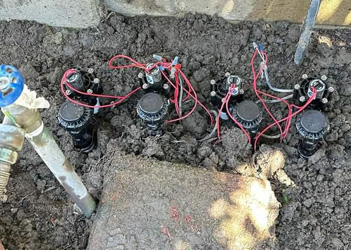 Irrigation System
Irrigation System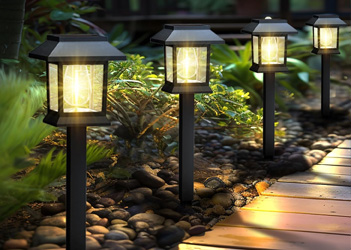 Lighting System
Lighting SystemClient Photos
Frequently Asked Questions
Determining whether a tree needs to be removed depends on several factors, including its health, location, and potential risks. Here are some signs that a tree might need to be removed:
-
Dead or Dying Tree
- Lack of Leaves: If the tree has few or no leaves during a season when it should be full, it may be dying.
- Brittle Branches: Dead branches that snap easily are a sign of a dying tree.
- Fungus Growth: Fungi, such as mushrooms growing at the base, can indicate internal rot.
-
Structural Damage
- Cracks or Splits: Large vertical cracks or splits in the trunk can indicate severe structural weakness.
- Leaning: A sudden lean, especially if the tree is tilting more than 15 degrees, is a sign that the roots may be damaged or the tree may be unstable.
- Root Damage: Uprooted roots or visible root rot are serious issues.
-
Pest Infestation
- Insect Damage: Signs of insects, such as holes in the bark or sawdust, can indicate a compromised tree.
- Borers: Borer insects create tunnels under the bark, weakening the tree.
-
Proximity to Structures
- Too Close to Buildings: Trees too close to buildings, power lines, or other structures may need to be removed, especially if they pose a risk of falling.
- Interfering with Infrastructure: Roots that are damaging sidewalks, driveways, or foundations can necessitate removal.
-
Environmental Changes
- Soil Shifting: Erosion or changes in the surrounding soil that expose roots or cause the tree to lean.
- New Construction: Nearby construction can damage roots or destabilize the tree.
-
Tree Storm Damage
- Broken Limbs: Significant limb loss can compromise the tree’s structure.
- Uprooting: If a tree is partially uprooted, it may be at risk of falling.
-
Health and Safety Concerns
- Allergies or Toxicity: Some trees may need removal if they pose health risks
due to allergies or toxic properties (e.g., poisonous berries). - Interference with Visibility: Trees that block important sightlines, such as near roads or driveways, can be hazardous.
- Allergies or Toxicity: Some trees may need removal if they pose health risks
When to Consult a Professional?
If you’re unsure about the condition of your tree, it’s best to consult a certified arborist. They can assess the tree’s health and structural integrity, providing professional advice on whether removal is necessary.
Preparing for tree trimming or tree removal services involves several steps to ensure the process is safe, efficient, and hassle-free. Here’s how you can get ready:
- Clear the Area / Move Vehicles and Outdoor Furniture: Clear the driveway and surrounding areas of vehicles, lawn furniture, planters, and other objects that might obstruct the work or be damaged. Pets and Children: Keep pets and children indoors or away from the work area for safety reasons. Remove Decorations: Take down any decorations, lights, or bird feeders from the tree.
- Inform Neighbors / Courtesy Notice: Let your neighbors know about the scheduled tree work, especially if the tree is near their property. This helps avoid any misunderstandings and ensures they can prepare for any potential noise or disturbances.
- Identify Access Points / Entry and Exit: Ensure the tree service company has clear access to the tree, especially if they need to bring in large equipment like cranes or trucks. Gate Access: If you have gates, make sure they are unlocked or provide the company with a key or code.
- Discuss Specifics with the Arborist / Mark Boundaries: Clearly mark property lines, especially if the tree is near the edge of your property, to avoid any disputes.
- Tree Preservation: If you want certain parts of the tree preserved (e.g., specific branches), communicate this clearly.
- Plan for Waste Disposal / Wood Chips and Firewood: Decide in advance whether you want to keep the wood chips or firewood. If not, ensure the company will remove them.
- Stump Removal: If you want the stump removed or ground down, confirm that this service is included.
- Review the Contract / Scope of Work: Ensure the contract clearly outlines the work to be done, including tree removal, pruning, stump grinding, debris removal, and any other services
- Payment Terms: Understand the payment structure. Most companies will ask for payment upon completion, not upfront.
- Plan for Potential Power Outages / Power Lines: If the tree is near power lines, the tree service company may need to coordinate with the utility company to temporarily shut off power during the work. Plan for any interruptions.
- Consider Timing and Weather / Optimal Season: Some tree services are best performed in certain seasons (e.g., pruning during dormancy). Check with the arborist for the best timing.
- Weather Conditions: Be flexible with scheduling as weather can impact when the work can be safely performed.
- Emergency Preparations / Backup Plan: If the tree service is due to an emergency (e.g., storm damage), have a backup plan for shelter or alternate parking in case the work disrupts your normal routine. Being well-prepared can make the tree service process smoother and help you avoid any last-minute surprises or issues.
The frequency of tree trimming depends on the type of tree, its growth rate, and the purpose of trimming. Here are some general guidelines:
- Young Trees: Prune annually to shape them as they grow.
- Mature Trees: Trim every 3 to 5 years to maintain their health and structure.
- Fruit Trees: Prune annually or biannually to encourage fruit production and maintain shape.
- Fast-Growing Trees: These may require more frequent trimming, about every 1 to 2 years.
- Hedges and Ornamental Trees: May need to be trimmed more frequently, even multiple times per year, depending on the desired appearance.
Always consider the specific needs of your tree species and consult an arborist if you’re unsure.
Of course, we do offer emergency tree services here are some examples:
- Storm Damage: A tree or large branches have fallen due to a storm, damaging property or blocking roads, driveways, or walkways.
- Fallen or Leaning Trees: A tree has fallen or is leaning dangerously and poses a threat of collapsing onto a home, power lines, or other structures.
- Cracked or Split Tree Trunks: A tree with a severely cracked or split trunk, especially after high winds or storms, which could result in the tree falling.
- Hanging Limbs: Large limbs are broken but haven’t fallen yet and are hanging precariously, posing a danger to anything below.
- Roots Uprooted: A tree’s roots have been partially uprooted, destabilizing the tree and making it likely to fall.
- Power Line Interference: A tree or branches have come into contact with power lines, creating a serious electrical hazard.
Contact us at any time and we’d help you out of your emergency situation.
We prioritize safety to protect our workers, clients, and there property. Here are some common safety measures we may take:
-
Personal Protective Equipment (PPE):
- Workers wear helmets, eye protection, hearing protection, gloves, and chainsaw-resistant clothing.
- Use of fall protection harnesses when working at heights.
-
Training and Certification:
- Employees are trained in safe tree climbing, chainsaw use, and proper rigging techniques.
- Certification in CPR and first aid is often required.
- Regular safety drills and training updates.
-
Site Assessment:
- Conducting a thorough site assessment to identify potential hazards, such as power lines, unstable trees, or uneven ground.
- Evaluating tree health to determine the safest way to trim or remove it.
-
Equipment Safety:
- Regular inspection and maintenance of tools and machinery, such as chainsaws, chippers, and aerial lifts.
- Ensuring that all equipment is used according to manufacturer guidelines.
-
Communication:
- Clear communication among team members using hand signals or radios, especially when operating machinery.
- Establishing a clear plan and assigning roles before beginning work.
-
Area Securing:
- Setting up barriers or warning signs to keep unauthorized people away from the work area.
- Using ground personnel to monitor the site and keep bystanders at a safe distance.
-
Weather Monitoring:
- Monitoring weather conditions to avoid working during high winds, lightning, or other dangerous weather.
- Being prepared to halt work if conditions become unsafe.
-
Emergency Preparedness:
- Having a first aid kit and emergency response plan on-site.
- Ensuring quick access to emergency services in case of accidents.
-
Fall Protection:
- Use of ropes, harnesses, and other fall arrest systems when working at height.
- Climbing techniques that minimize the risk of falls, such as three-point climbing.
-
Load Control:
- Properly rigging trees or branches to control the direction of their fall.
- Ensuring that loads are balanced and that no one is positioned under a suspended load.
These safety measures help prevent accidents and ensure that tree service operations are conducted in a controlled and safe manner.
We provide our #1 quality tree and lawncare services all throughout the entire Orange County area. Including but not limited to the cities of Anaheim, Garden Grove, Fullerton, Orange, Santa Ana, Costa Mesa, Anaheim Hills, Placentia, Los Alamitos, Stanton, Villa Park, Midway City, Tustin, Brea, Irvine, Huntington Beach, Buena Park, Westminster, Fountain Valley, Newport Beach, Mission Viejo, Laguna Niguel, Cypress, La Habra, Placentia, Seal Beach, Alisa Viejo, San Clemente.
We also have many happy customers in extended areas that we also cover including Los Angeles, Riverside County, and Long Beach area.
If you need a trusted, skilled, and speedient team to provide tree trimming, lawncare, or cleanup services feel free to contact us and we’d love to assist you.
If you have additional questions, please contact us.
Latest Blog Posts
- Expert Tree Trimming in Anaheim Hills & Villa Park
 Professional tree trimming in Anaheim Hills & Villa Park. Martinez Tree Service specializes in palm tree care, safety trimming, and yard maintenance.
Professional tree trimming in Anaheim Hills & Villa Park. Martinez Tree Service specializes in palm tree care, safety trimming, and yard maintenance. - Storm Prep & Palm Tree Safety in Irvine & Rancho Santa Margarita
 Palm trees are iconic in Irvine and Rancho Santa Margarita, but they’re also vulnerable during storms. Learn how proactive trimming and care can keep your property safe and beautiful year-round.
Palm trees are iconic in Irvine and Rancho Santa Margarita, but they’re also vulnerable during storms. Learn how proactive trimming and care can keep your property safe and beautiful year-round. - The Value of Palm Tree Trimming in Newport Beach & Laguna Beach
 Own a property in Newport Beach or Laguna Beach? Find out how expert palm tree trimming enhances curb appeal, protects your coastal investment, and complements Southern California luxury aesthetics.
Own a property in Newport Beach or Laguna Beach? Find out how expert palm tree trimming enhances curb appeal, protects your coastal investment, and complements Southern California luxury aesthetics. - Why Yorba Linda Property Managers Trust Experts for Tree Trimming – Especially for Palms
 As a property manager in Yorba Linda, you already juggle dozens of responsibilities—landscaping, tenant satisfaction, maintenance, safety…the list goes on.
As a property manager in Yorba Linda, you already juggle dozens of responsibilities—landscaping, tenant satisfaction, maintenance, safety…the list goes on.
